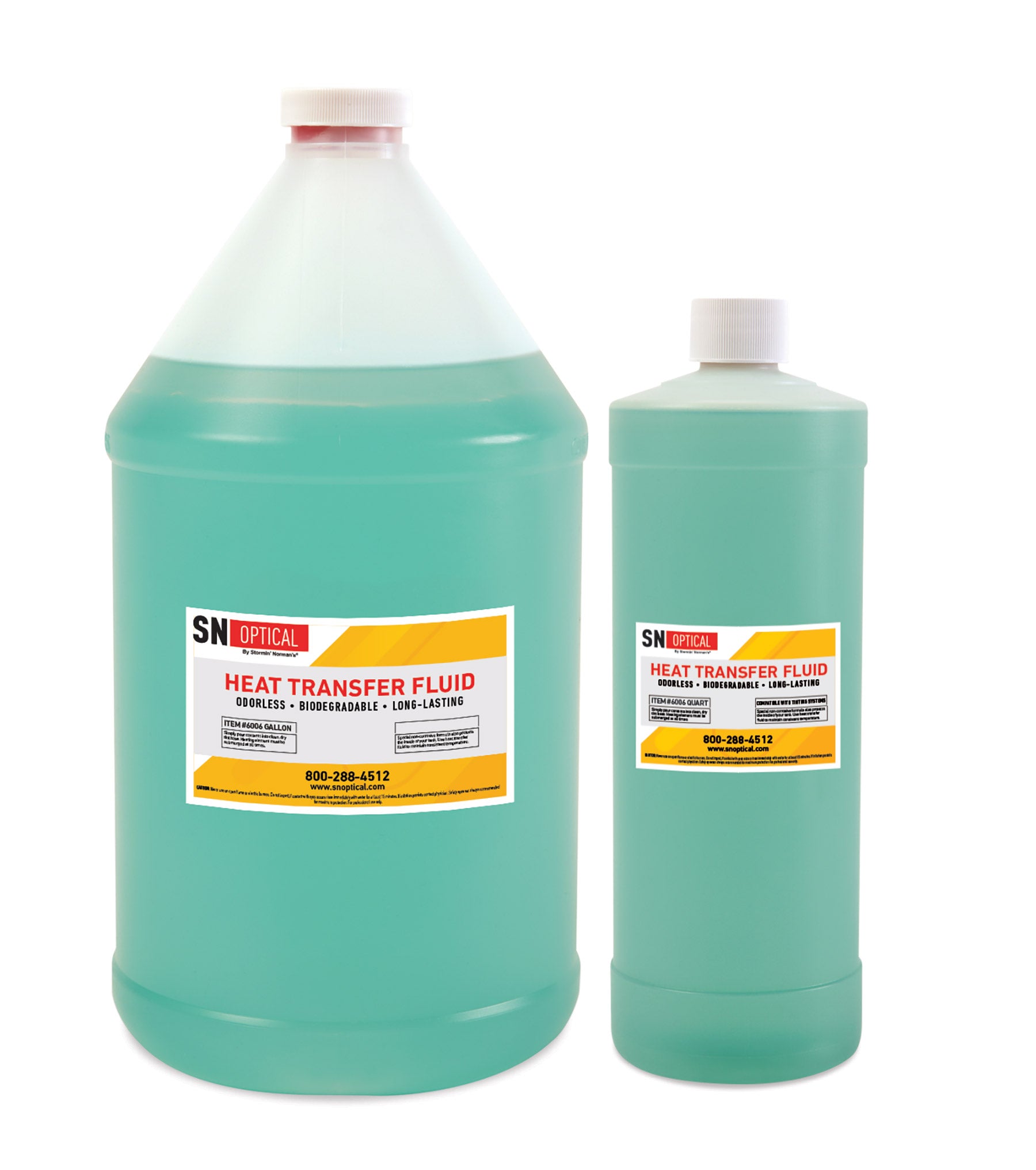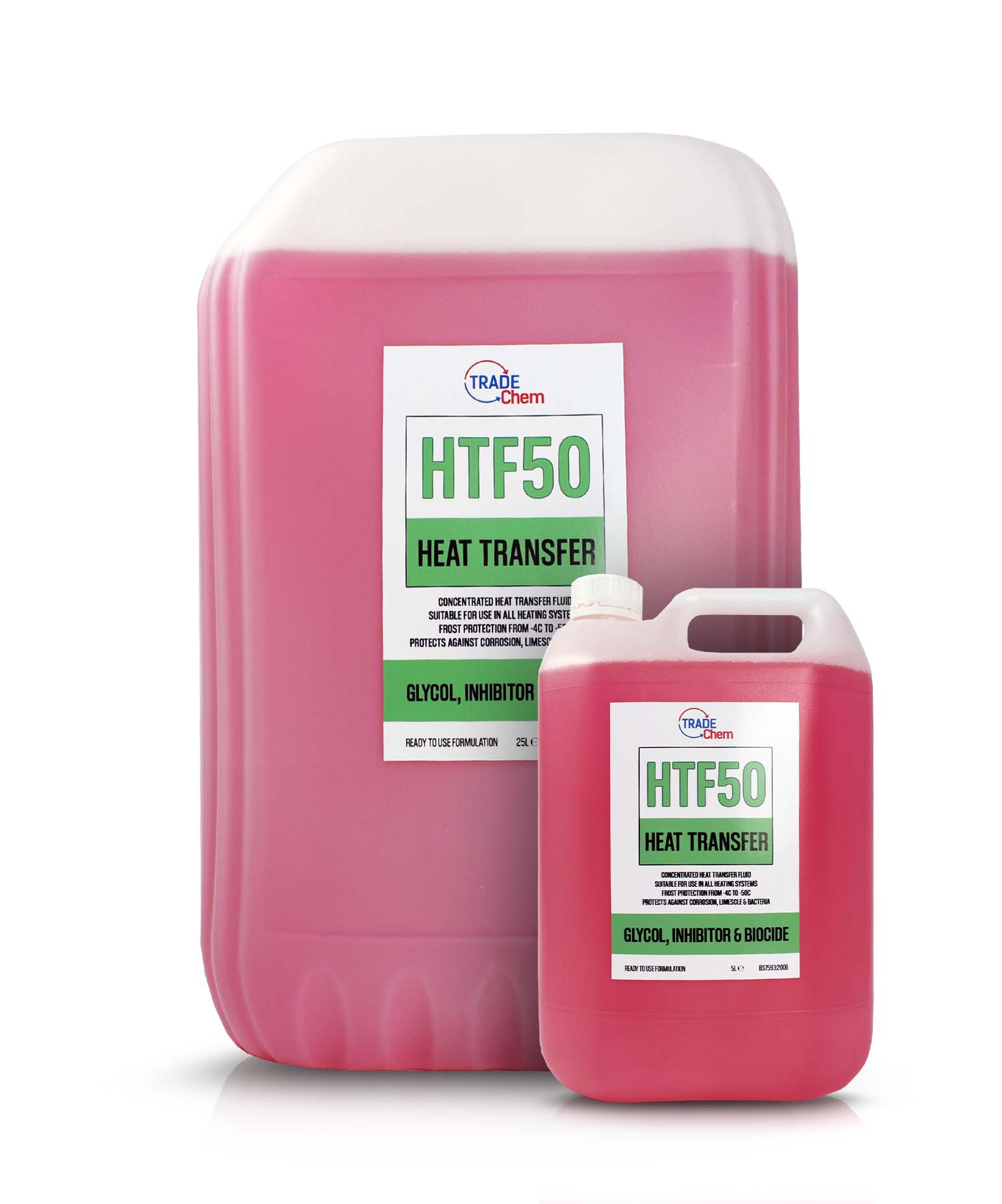Heat Transfer Fluid: Crucial for Maximizing Industrial Heating and Cooling Systems
Wiki Article
Why Warmth Transfer Fluid Is Very Important for Optimizing Power Transfer in Systems
The duty of warm transfer fluids in enhancing energy transfer is pivotal for attaining efficient thermal administration throughout different commercial markets. These fluids assist in smooth warmth exchange, guaranteeing procedures run within ideal temperature level varieties and alleviating the threat of overheating.
Duty in Thermal Administration
Warm transfer fluids play a crucial role in thermal management by efficiently managing temperature levels in numerous industrial processes and systems. These specialized fluids facilitate the transfer of heat between different parts, guaranteeing ideal operating problems and preventing getting too hot. By maintaining accurate temperature control, warm transfer liquids enable markets such as chemical manufacturing, oil and gas, and power generation to operate safely and efficiently.The choice of an ideal warm transfer fluid depends on numerous aspects, including thermal stability, heat capability, and thickness. High thermal stability makes sure that the fluid can hold up against severe temperatures without breaking down, while a high warmth capacity allows it to take in and release substantial amounts of warmth - heat transfer fluid. Reduced viscosity minimizes the power needed for pumping, adding to general system efficiency
In addition, warm transfer liquids are integral in applications like refrigeration, where they assist soak up and dissipate warmth throughout the cooling cycle. In solar thermal energy systems, these liquids capture and transportation solar heat to generate electrical power or offer warm water. Their flexibility to varied operating problems and ability to maintain regular thermal performance underscore their significance in industrial thermal monitoring, helping with operational continuity and enhancing precaution.

Enhancing System Efficiency
To maximize the advantages of thermal administration, improving system performance via the critical use of heat transfer liquids is paramount. These fluids play a critical role in optimizing power transfer by helping with consistent thermal regulation, which subsequently affects the general performance and durability of systems. Reliable heat transfer brings about reduced energy losses, minimized functional prices, and enhanced integrity of devices. By preserving optimum temperature level levels, heat transfer fluids assist guarantee that systems operate within their developed criteria, thereby stopping getting too hot and lowering the risk of part failure.
Kinds of Warmth Transfer Liquids
The variety of warmth transfer liquids emphasizes their crucial role in a variety of industrial applications, each tailored to fulfill certain thermal administration needs. These fluids help with efficient energy transfer and are selected based on key residential properties such as thermal security, viscosity, and heat ability. The key types consist of water, glycol options, oils, and synthetics, each offering distinct advantages.Water is one of the most usual warm transfer tool due to its high certain heat ability and inexpensive. Nevertheless, its use is restricted by its cold and steaming factors. Glycol mixtures, frequently made use of in cooling and heating systems, supply a lower cold point, including flexibility in various environments. Mineral oils are favored for their thermal security and non-corrosive nature, making them suitable for high-temperature applications.

These fluids ensure superior performance in systems where traditional liquids might stop working. The choice of a warm transfer fluid is crucial, as it influences system efficiency, safety and security, and long life.
Environmental and Economic Conveniences
Making use of the ideal warm transfer fluids offers substantial ecological and financial advantages for industrial procedures. By choosing fluids with superior thermal security and high warm capability, industries can boost power efficiency, leading to decreased gas consumption and reduced greenhouse gas emissions. This adds to a smaller carbon footprint and straightens with worldwide sustainability objectives. Eco-friendly warmth transfer liquids, frequently naturally degradable and non-toxic, minimize the threat of see this page soil and water contamination in case of leaks or spills, therefore securing communities and following rigorous environmental laws.Financially, the right warm transfer liquid can significantly minimize functional costs. Effective warmth transfer reduces energy expense, resulting in reduced energy bills and improved productivity. Moreover, fluids with extensive lifecycle efficiency decrease the frequency of replacements and upkeep, lowering downtime and associated costs. Purchasing top quality fluids can likewise alleviate the threat of tools corrosion and failure, avoiding costly repair work and prolonging the life-span of essential infrastructure. In open markets, these savings and effectiveness offer an unique benefit, enabling business to assign my response resources better and purchase further development. In general, the tactical use of ideal heat transfer fluids sustains lasting financial development and environmental stewardship.
Selecting the Right Fluid
Exactly how does one navigate the intricate procedure of picking the best warmth transfer fluid for commercial applications? Selecting the proper fluid is critical, as it directly affects system performance, safety, and functional prices. Secret factors to consider include thermal stability, compatibility with system products, and operating temperature level variety. Thermal security guarantees the liquid can withstand high temperature levels without deteriorating, while compatibility protects against corrosion or other destructive reactions with system elements. The operating temperature level range should straighten with the system's needs to maintain performance and from this source long life - heat transfer fluid.Furthermore, the fluid's warm capability and thickness are extremely important. A high warmth capacity allows the fluid to absorb and transfer more energy, enhancing efficiency. Ideal thickness makes sure very little pump work and effective heat transfer, especially in varying temperature levels. Environmental and safety and security facets need to additionally belong to the decision-making process. Non-toxic, biodegradable fluids reduce ecological influence and adhere to regulative requirements, reducing liability risks.
Final Thought
The tactical selection and application of warmth transfer fluids are fundamental to maximizing power transfer across numerous systems. By making sure high thermal stability and ability, these liquids offer specific temperature level control and enhance total system effectiveness. This optimization contributes to lowered functional costs and reduced greenhouse gas emissions, hence promoting sustainability. The selection of fluid, customized to certain viscosity and functional demands, is crucial for taking full advantage of efficiency and accomplishing economic and ecological advantages in industrial procedures.Report this wiki page